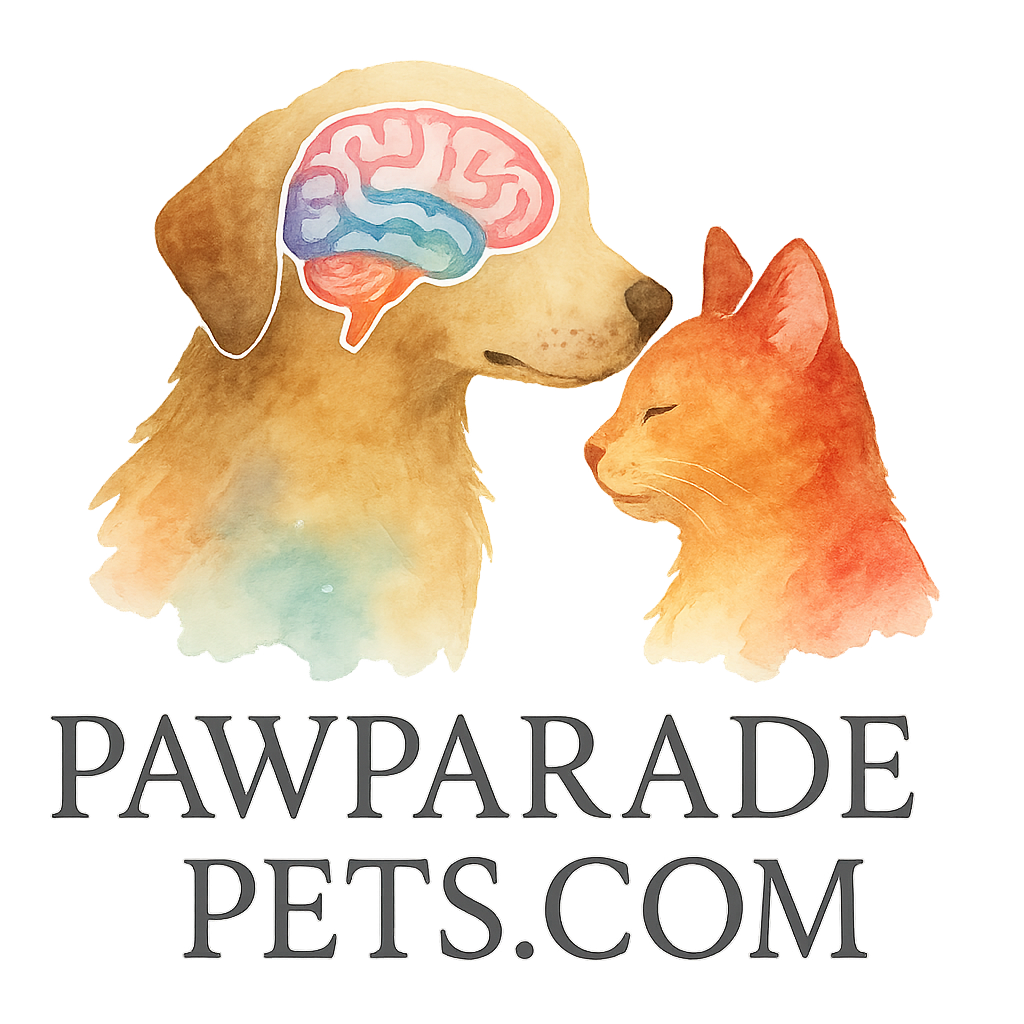Introduction to Brain Training for Pets
Ever noticed how your pet seems bored even after a long walk or a game of fetch? That’s because just like us, pets need mental stimulation to stay happy and healthy. Brain training activities challenge your pet’s mind, prevent destructive behavior, and strengthen your bond.
In this guide, we’ll explore 9 DIY tools for homemade brain training for pets activities that are fun, affordable, and super effective.
Why Mental Stimulation is Crucial for Pets
The Link Between Brain Training and Behavior
A mentally engaged pet is a well-behaved pet. Without stimulation, pets often resort to chewing shoes, barking excessively, or digging in the backyard. Brain training helps redirect that energy into something positive.
Benefits of Cognitive Activities for Pets
Brain training for pets improves problem-solving skills, reduces anxiety, builds confidence, and keeps them physically active. For more structured guidance, you can check out the Brain Training Basics.
Getting Started with DIY Brain Training
Choosing the Right Environment
Pick a quiet space with minimal distractions. This helps your pet focus on the task without getting overwhelmed.
Safety Tips Before You Begin
Always supervise playtime, avoid small parts your pet can swallow, and ensure the tools are safe for chewing or pawing.
9 DIY Tools for Homemade Brain Training
1. Muffin Tin Puzzle Game
How to Set It Up
Take a muffin tin, place treats in some cups, and cover them with tennis balls.
Why Pets Love It
It’s simple yet engaging. Pets must use their nose or paws to remove the balls and uncover the treats.
2. DIY Snuffle Mat
Step-by-Step Guide
Cut strips of fleece and tie them through holes in a rubber mat. Hide kibble or treats in the fabric folds.
Mental Benefits of Snuffle Mats
This encourages foraging behavior and sharpens your pet’s sense of smell.
3. Plastic Bottle Treat Dispenser
Building the Toy
Cut small holes in a plastic bottle, fill it with treats, and let your pet roll it around.
Engagement Level
This game is both physical and mental—great for high-energy dogs.
4. Cup and Treat Guessing Game
Training Variation
Place a treat under one of three cups, shuffle them around, and let your pet find the hidden prize.
Boosting Problem-Solving Skills
This classic shell game builds memory and focus.

5. DIY Tug-a-Treat Rope
Materials Needed
Use old t-shirts braided into a rope, with a treat tied in the middle.
Why Tug Games Are Beneficial
They build muscle strength while also providing mental stimulation.
6. Homemade Puzzle Box
How to Craft One at Home
Use a cardboard box with holes cut into the sides. Place toys or treats inside.
Encouraging Natural Instincts
Pets love pawing, digging, and sniffing through boxes—it taps into their natural problem-solving skills.
7. Frozen Treat Block Challenge
Preparing Frozen Fun
Freeze kibble or toys inside a large ice block.
Great for Hot Weather
It’s a cool, refreshing way for pets to stay engaged while beating the heat.
8. Cardboard Roll Treat Puzzle
Eco-Friendly Training Idea
Stuff toilet paper rolls with treats and fold the ends.
Level Up the Difficulty
Add multiple layers of cardboard to make it more challenging.
9. Interactive Hide-and-Seek Game
Indoor vs. Outdoor Play
Hide treats or toys around the house or yard, then encourage your pet to find them.
Building Trust Through Play
Hide-and-seek strengthens recall training and boosts confidence.
Advanced DIY Brain Training Ideas
Combining Tools for Bigger Challenges
You can combine a snuffle mat with a puzzle box or use frozen treats inside a bottle dispenser for layered challenges.
Transitioning to Store-Bought Gadgets
Once your pet masters DIY tools, consider upgrading to interactive toys and devices designed for long-term engagement.
Common Mistakes to Avoid in Brain Training
Overcomplicating the Game
Start simple. If your pet gets frustrated, they’ll lose interest.
Forgetting Positive Reinforcement
Always reward success with praise, cuddles, or extra treats. Positive vibes keep pets motivated.
How Brain Training Strengthens the Bond with Pets
Communication Through Play
Brain training is more than games—it’s about building a language of trust with your pet.
Building Obedience and Discipline
These games naturally reinforce behavior and obedience, making training smoother in everyday life.
Conclusion
DIY brain training doesn’t have to be complicated or expensive. With just a few household items, you can create fun, challenging games that keep your furry friend sharp, happy, and engaged. Plus, it’s a fantastic way to deepen your bond while adding variety to their daily routine.
For more tips, visit Paw Parade Pets and explore their guides on advanced challenges, games and activities, and tools and toys for brain training.
FAQs
1. How often should I do brain training with my pet?
At least 10–15 minutes daily is great. Consistency matters more than duration.
2. Can cats benefit from these activities too?
Absolutely! Many of these DIY tools work for cats, especially puzzle boxes and snuffle mats.
3. What if my pet loses interest quickly?
Keep sessions short and fun. Rotate games to maintain novelty.
4. Are these activities safe for puppies?
Yes, but always supervise and avoid small parts that could be swallowed.
5. Can I replace treats with toys?
Definitely. Toys can be just as rewarding, especially for pets not food-motivated.
6. Do DIY tools work as well as store-bought ones?
Yes! While gadgets can add variety, DIY tools are equally effective for brain stimulation.
7. How do I know if my pet is enjoying brain training?
Look for signs like wagging tails, eager participation, and quick learning. If your pet seems frustrated, simplify the game.


